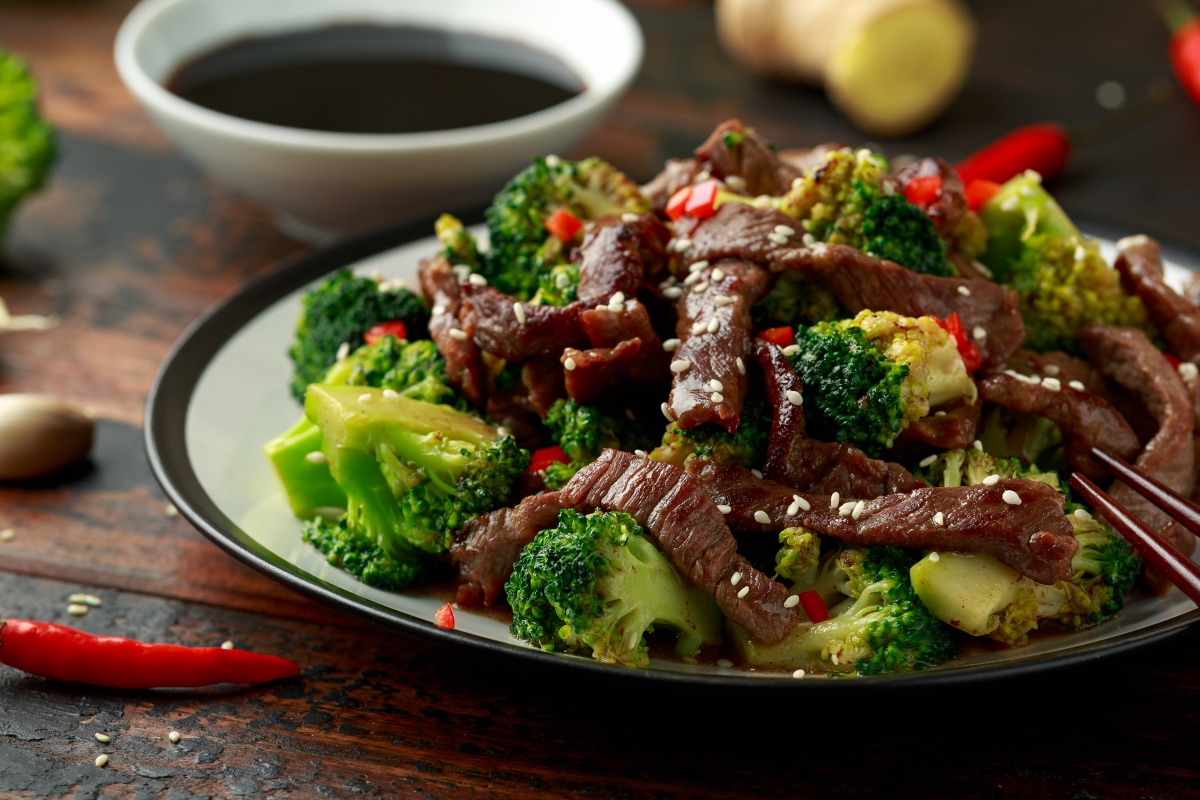Just like there are prime numbers and primary colors, there are also primary tastes. Many of us were taught four basic tastes when we were young, but there are actually five: salt, sweet, sour, bitter – and umami.
The word umami is Japanese, and it roughly translates as "good flavor." It's the taste present in food that is sometimes described as "earthy" or "meaty" but isn't salty, sweet, bitter or sour. It's also sometimes simply characterized as a pleasant savory taste.
This taste comes from glutamic acid, an amino acid that occurs naturally in some foods, including mushrooms. It's also present in monosodium glutamate (MSG). Some say MSG is umami in its purest form. (Though some people think MSG is bad for you, there is not a lot of science to back this up, and MSG is generally recognized as safe by the Food and Drug Administration.)
A Japanese chemist named Kikunae Ikeda put a name to this mysterious taste experience in 1908. He used kombu seaweed broth to pin down what it is that gives food "body" and enhances flavors. What he found were amino acids that he attributed to the meaty, heavy taste that improves the way food tastes. You can get this flavor experience in foods such as aged cheese (Parmesan, in particular), tomatoes and meat without adding salty, sweet, bitter or sour elements.
What Exactly Does Umami Taste Like?
The way umami tastes is notoriously hard to describe. Some people say that glutamates are responsible for "mouthfeel" and "body" in food without adding bitterness, sweetness, sourness or saltiness. Mushrooms – portabello and shiitake mushrooms in particular – are a good example of an umami-rich food. They're earthy and meaty on their own, without any flavoring added.
Using ingredients rich in umami can enhance the flavor of foods without adding other seasonings. Researchers at the University of California, Davis, and the Culinary Institute of America did a study on the effects of mushrooms' umami flavor on beef. They blended them into meat for tacos and found that the addition of the mushrooms improved the flavor of the meat.
Using Umami At Home
Want to experience the umami flavor for yourself? While umami is often associated with beef, vegetarian dishes can offer plenty of umami flavor – and not just ones with mushrooms. Eggplant Parmesan relies on cooked tomatoes and Parmesan cheese, two umami-rich ingredients. For meat eaters, mushrooms and beef are a classic combo, playing off each other for that rich depth of flavor.
If you're looking for something simple, mixing mushrooms with ground beef to make pasta sauce is a good place to start. It combines two umami ingredients to give you a sense of the fifth taste in every bite. Or make a batch of Umami Bomb Paste, which can add savory flavor to all sorts of dishes, including tasty Umami Veggie Burgers.
This article was written by Rachel Roszmann from EatingWell and was legally licensed through the DiveMarketplace by Industry Dive. Please direct all licensing questions to legal@industrydive.com.








